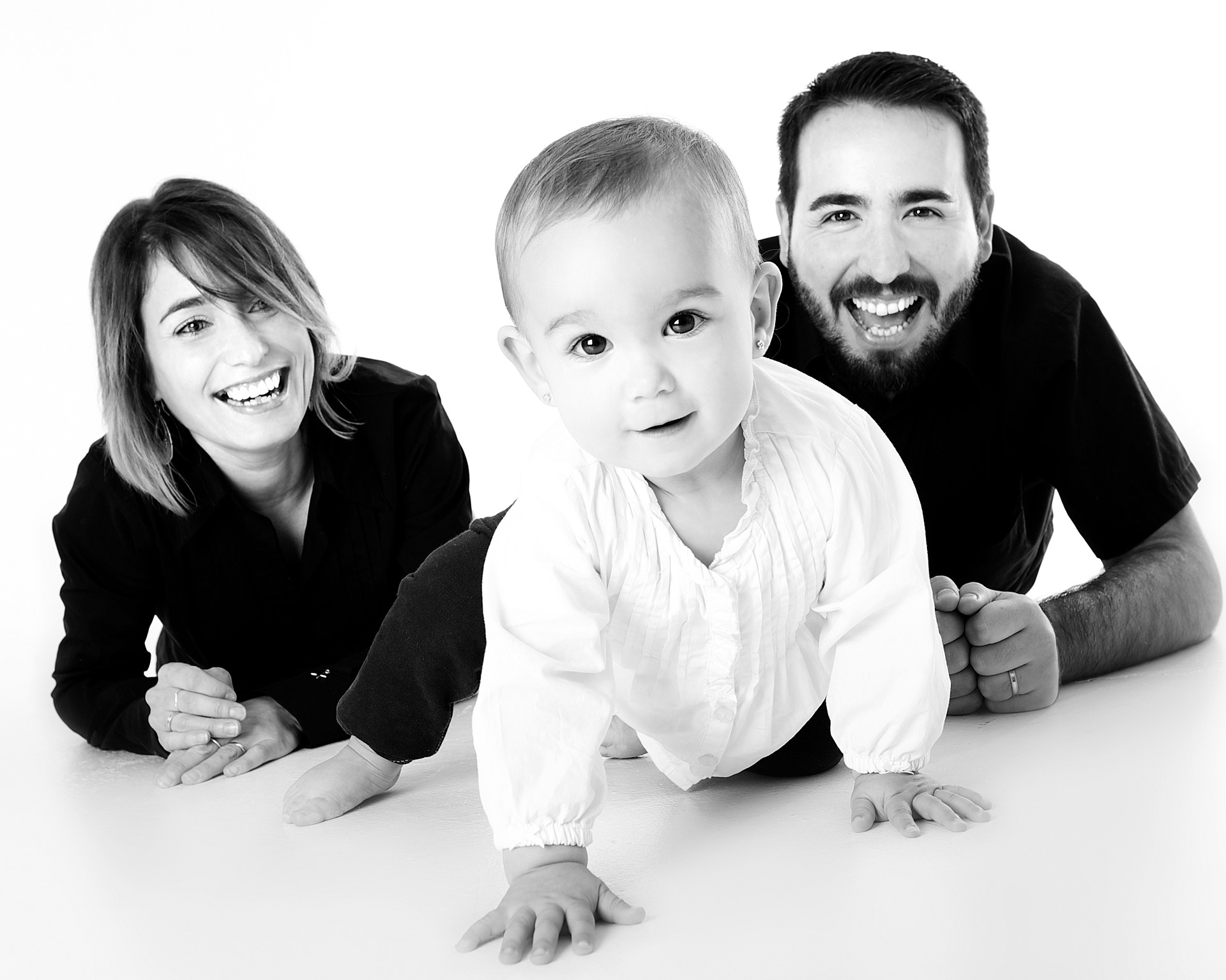As a parent, we want to do everything we can to set our children up for success. This includes allowing them to learn through their own failures and struggles. As parents we have the opportunity to assuage the degree of struggle at times. One opportunity to relieve future anxiety is to include our children in household and family decisions. Including them in money management decisions can change the trajectory of your child’s future.
“We may not be able to prepare the future for our children, but we can at least prepare our children for the future.”
Franklin D. Roosevelt
Not only is this a great way for kids to develop their financial education, but they will also understand the critical role that money plays throughout their life, and will reinforce the value of hard work.
Parents can get a strong start to their kids financial future by:
- Addressing current financial needs
- Investing in their child’s future
- Walking with their kids as their earnings grow
- Teaching their children how to invest in themselves
Addressing Current Financial Needs
It’s never too early for parents to start including their children in money decisions. There are many investing tools to utilize to jump-start their investments.
If you’re opening a savings account for a child, you can establish a custodial account at a bank or investment firm where the parent is the guardian or custodian of the account and the child is the beneficiary. The guardian controls the account until the beneficiary reaches age of majority, depending on state laws.
Although the adult opens the account on the child’s behalf, the legal holder of the assets is the child.
In a custodial account, you and your child can decide to invest in individual stocks, mutual funds, exchange-traded funds and other investment securities. Making investment decisions jointly is not only a valuable learning experience but can help the child take early ownership of their account.
The custodial account makeup is beneficial to parents since investment income from custodial accounts in the form of interest, earnings or dividends is taxed at a child’s tax rate, which is lower than that of the parents.
Investing in Their Future
For many parents or guardians looking to invest in their child’s future we are looking to help fund their education. A 529 account is one investment vehicle to accomplish this.
A 529 plan is a qualified tuition plan inside a tax-advantaged savings account that is used specifically for educational expenses. Unlike other savings accounts, a 529 plan has no income limits for plan contributions. For parents who value ultimate flexibility and control there is the Indexed Universal Life policy.
Many parents are surprised to learn that an Indexed Universal Life (IUL) policy can be utilized for college expenses and tuition. IUL funds are available to your child tax-free at any time for anything. IUL plans are not subject to the penalties and taxes that a traditional 529 plan is, and they are not bound by tertiary institution limitations. You can read more here

Grow Your Child’s Earnings
Roth Individual Retirement Account (IRA)
Parents who want to help their child save for their future should consider a Roth IRA.
A Roth is an individual retirement account that provides tax advantages for retirement savings. Money in the account grows through contributions and earnings free from taxes. Funds can be withdrawn without tax penalties after age 59 1/2.
Though they’re traditionally thought of as an investment option for working adults, Individual Retirement Accounts are technically available to anyone with an earned income. That means a kid who has held a summer job or babysitting gig in the past year can open one, too (although a parent will have to open the account on behalf of the child).
Custodial Brokerage Account
A Custodial Brokerage Account works a lot like accounts you use to invest for yourself. You can choose to pick your own investments at a traditional brokerage or use pre-crafted diversified mixes.
Gift tax rules still apply to custodial accounts: You can’t give any child more than $15,000 per year ($30,000 with a spouse) before you incur a gift tax. All assets are held in your child’s name—irrevocably. This means once money goes into your child’s account, you can’t take it out and spend it on anything that doesn’t directly benefit them, which could include anything from clothes to tuition expenses.
custodial accounts are a motivation for talking with your children about saving and spending to establish good money habits early on.
Because the assets are legally your child’s, that also means that they assume legal control as soon as they reach your state’s age of majority.
Investing in Themselves
Starting at a young age, children must be taught to save money and that people cannot become wealthy by living beyond their means, regardless of their income bracket.
I ask my clients: ‘What are you doing to raise financially responsible children?’ If you want to teach your children anything, you should teach them how to budget and save.
If you aren’t sure about finances, start by doing research and steadily become well-versed about personal money management in the near and long term.
It’s important to instill the value of savings in our youth, as they are our future



